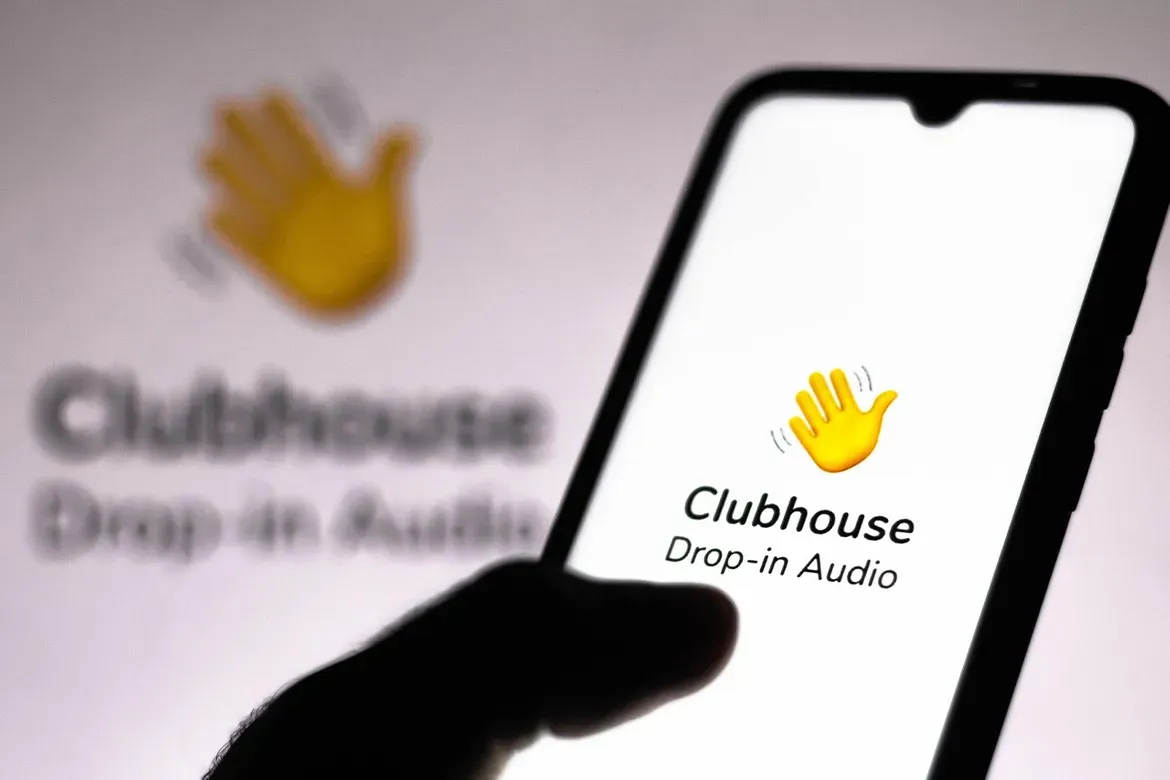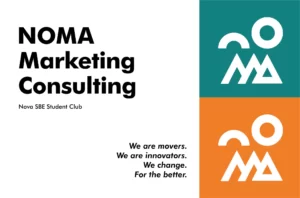
The pandemic has turned beauty behaviors upside down. In 2019, Mac lip products, the Estée Lauder Double Wear foundation and Tom Ford eyeshadows were flying off the shelves. The ‘natural make-up’ look – surprisingly requiring a long list of products – was giving us luminous skin. The beloved mat lipstick was giving space to the old reborn gloss. And our skincare, although full of iconic products like the Le Mer moisturizers or the Advanced Night Repair, was enrich by the simplest and natural formulations – where avocado, honey, hemp seed oil, coconut oil and green tea were common ingredients. Natural skincare was thriving, and active skincare was growing in demand. Then the Pandemic hits, salons and spas closed, and we saw ourselves closed at home, anxious about the days of tomorrow, creating the today’s clean freaks. Also, zoom meetings were not reason enough to pull out a total face glam and our mental health was not having its best moment. Now, we may leave our houses more often, but social gatherings are still immensely reduced, and we have to cover half of our face with a mask. Life has changed and with it, our consume desires. Thanks to this global health crisis, beauty, health, and wellness are merging faster than ever seen before, highlighting ‘high-performance scientific ingredients’ as the holy grail of the beauty industry. As recently said by Alexia Inge, co-founder of the beauty e-commerce page Cult Beauty, clinical products has become cool again2.
Safety and efficiency: the new concerns of the consumer
Early in the pandemic, consumer spending in beauty products promptly changed: color make up was out, and luminous skin was in. Consumers were stocking up on face masks, heavy moisturizers, and fancy beauty-tech gadgets. Using a lipstick – and makeup in general – is falling out of favor with people working from home and wearing masks outside. Actually, L’Oréal saw skincare sales up 1.1 percent, while makeup went down 28 percent only in the first half of 2020, and Estée Lauder’s most recent quarter reported a 3 percent increase in skincare sales and a 61 percent decline in makeup3.
Shoppers are immersing in skincare routines, as a way to take care of themselves. With limitations into traveling, holidays or weekends to recharge, everyday routines like pampering our skin or taking a bath have provided such needed self-care moments. So, what have been consumers buying? What have been their priorities while choosing skincare products?
Thanks to the lockdown experience, we have been reconsidering what is necessary and relevant in our lives. Clare Varga, head of beauty at trend-forecasting agency WGSN, believes we are moving towards the ‘buy less but better’ mentality3, which means the consumer will invest in trustful products, even if that means more expensive. “There will be a redefining of ‘value’ that goes beyond just cost”1. More than ever, consumers are moving towards more considered consumption. Simultaneously, the new hygiene anxiety is making consumers look for clinically-inspired skincare. If in the last years, our wish-list was highlighting products based on natural extracts and oils, which the unique-selling-point would be the elimination of ‘nasty ingredients’ like parabens, petroleums and sulphates; today, the natural purity of those products does not seem to speak laugher than ‘safety’, ‘hygiene’, ‘antibacterial properties’ and ‘scientifically or clinically tested’. Consumers are increasingly prioritizing their health, their safety, and how they feel, over how they look.
How beauty brands are making health products trendy
In the light of the current cleanliness-related concerns, where the meaning behind clean beauty is evolving to safe beauty, the idea that “natural isn’t always better” is increasing the buzz around those brands strongly supported by science, endorsed by dermatologists, nutritionists and beauty clinics. It is the case of brands like 111Skin, Dr. Barbara Sturm or Vichy and La Roche Posay, with campaigns focused on technical terms, complex scientific research, active ingredients, and health-oriented results.

Figure 1 – Liftactiv Specialist campaign from the Vichy website: “doctor founded” with “dermatological actives”
These brands are creating trendy products by pointing out ingredients that consumers associate with having positive health credentials, like probiotics, enzymes, antioxidants and vitamin A, C and E.

Figure 2 – Vitamin C serum from La Roche-Posay

Figure 3 – Slow Age serum from Vichy formulated with probiotics
As a result, science-led beauty brands are trendier than ever, and it is expected to see increased demand2. Does this mean the death of natural skincare products? Not exactly but will be extremely important for this kind of brands and products to prove to the consumer its scientific value. The consumer will trust science. A good example is the French dermocosmetic brand Caudalie. While it is focused on the power of grape’s antioxidants, the brand strongly communicates its scientific background, as it happened in their most recent launch, where the new line of products is sold as an advanced creation thanks to its patented combination of resveratrol, hyaluronic acid and collagen – a patent created in partnership with the Harvard University.

Figure 4 – The most recent launch from Caudalie, with the support of Harvard University
Beauty brands have been forced to adapt to a world where most of our time is spent at home and where the need of distress and feel healthy is expected to be satisfied with a made-in home salon experience. If in the past an avocado mask would fulfill our needs, now consumers are ordering online a $25 mask enriched with enzymes, vitamin C and hyaluronic acid. The desire for comforting luxury is here: we may not be talking about the lipstick effect anymore, but the idea is here, and it is called the skincare effect.
The skincare sector was already thriving pre-coronavirus, with its global sales growing 6.4 percent in 2019, and this trend is here to stay: skincare is set to be the major pandemic category winner within beauty4 and any marketeer working in the industry should be aware of these trends. After all, from a consumer behavior perspective, in general terms, the way people live is not expected to go back to pre-Covid patterns – and this is something transversal to many different industries.


